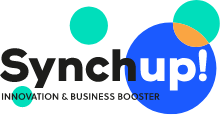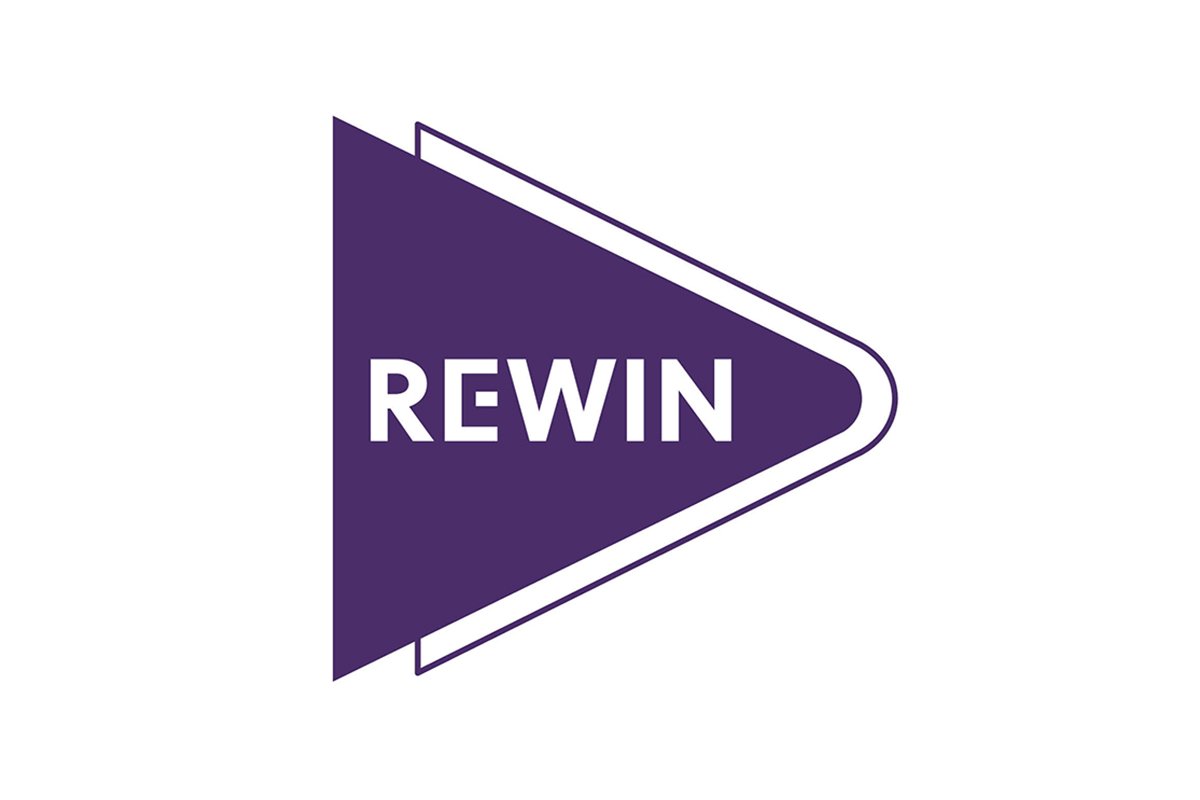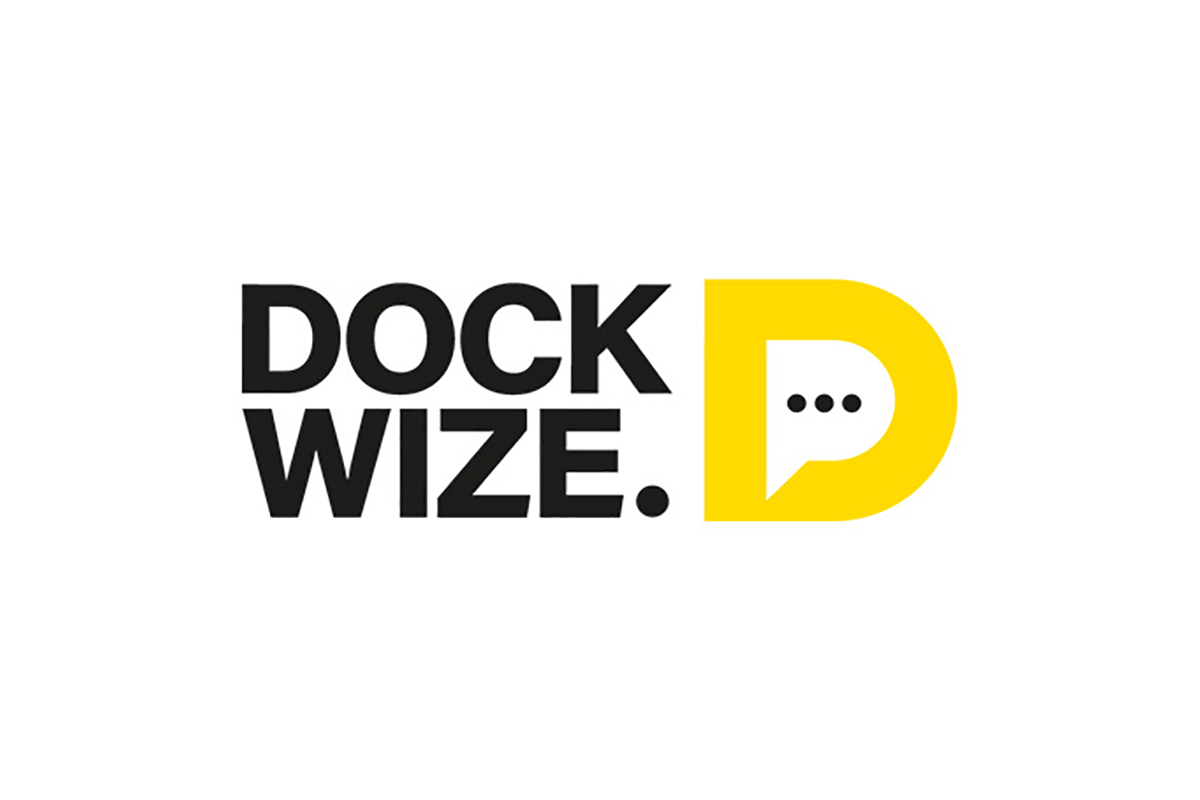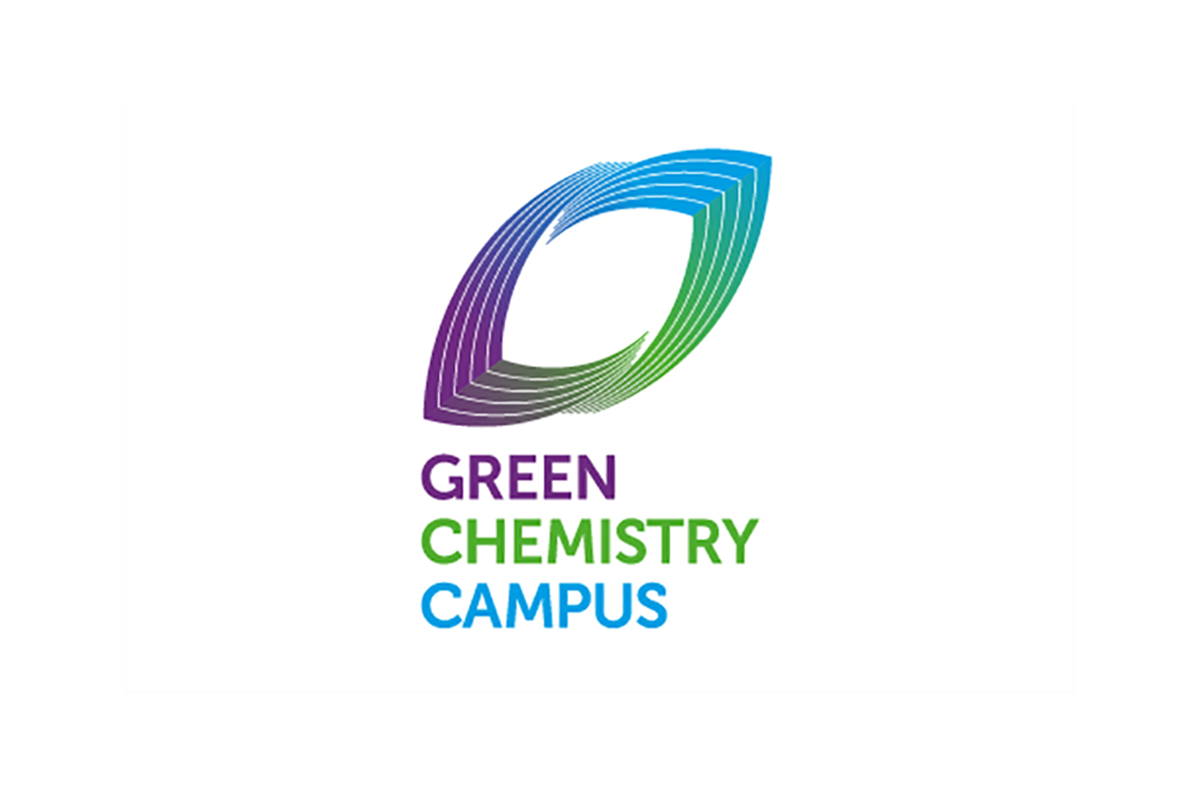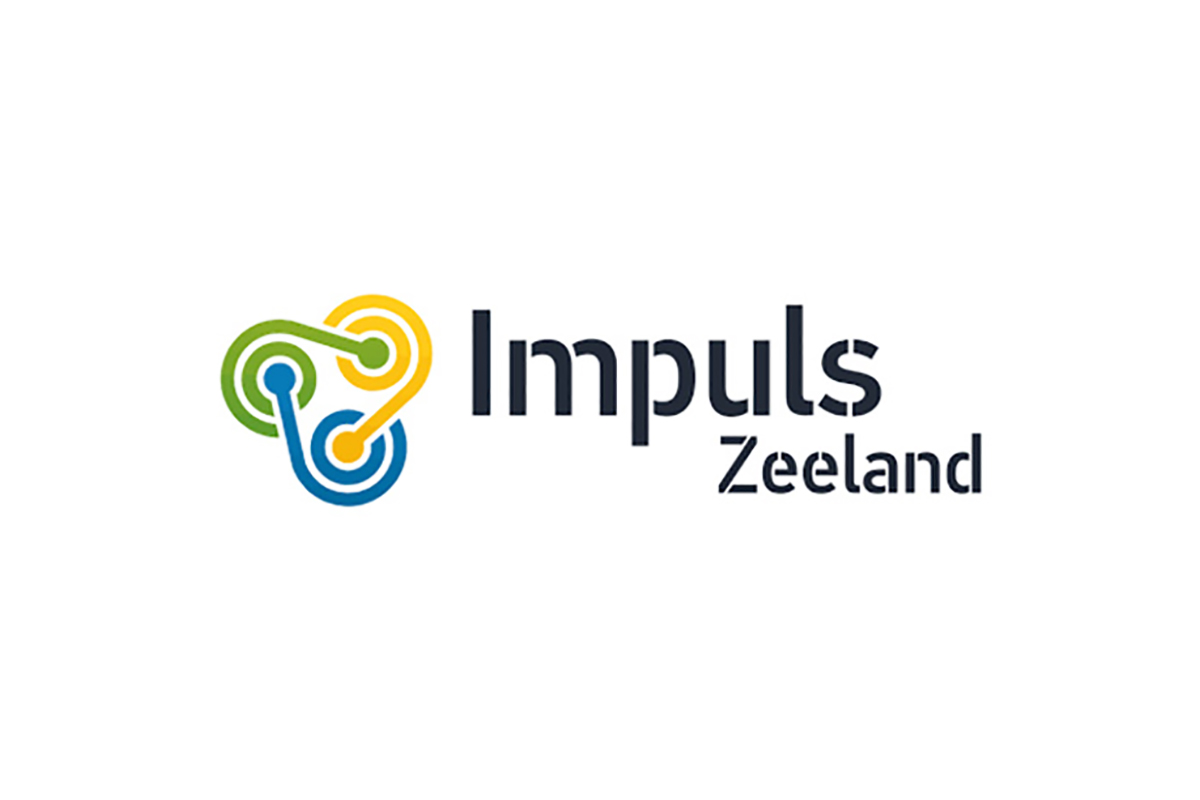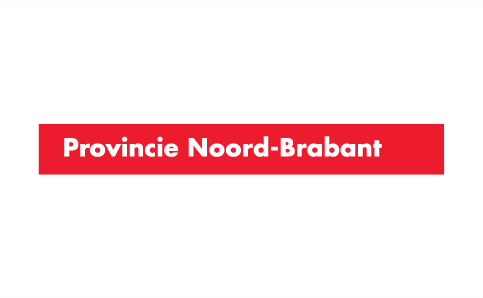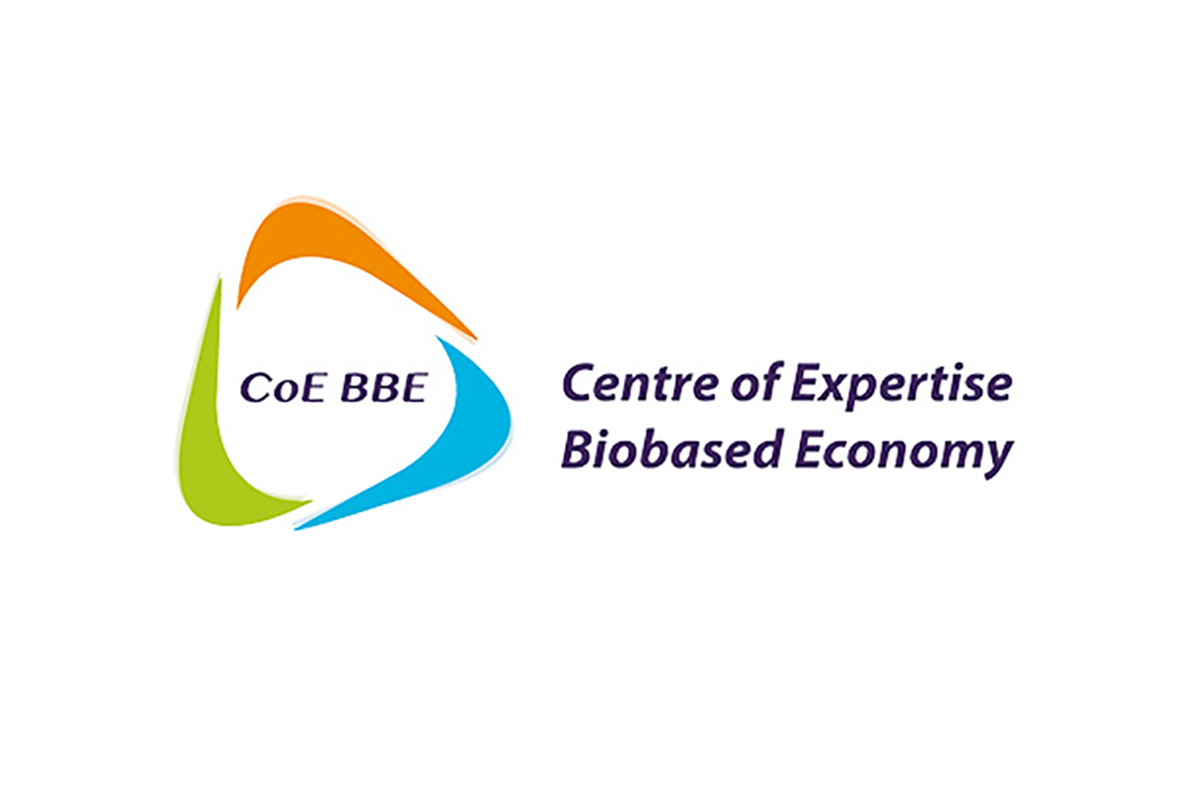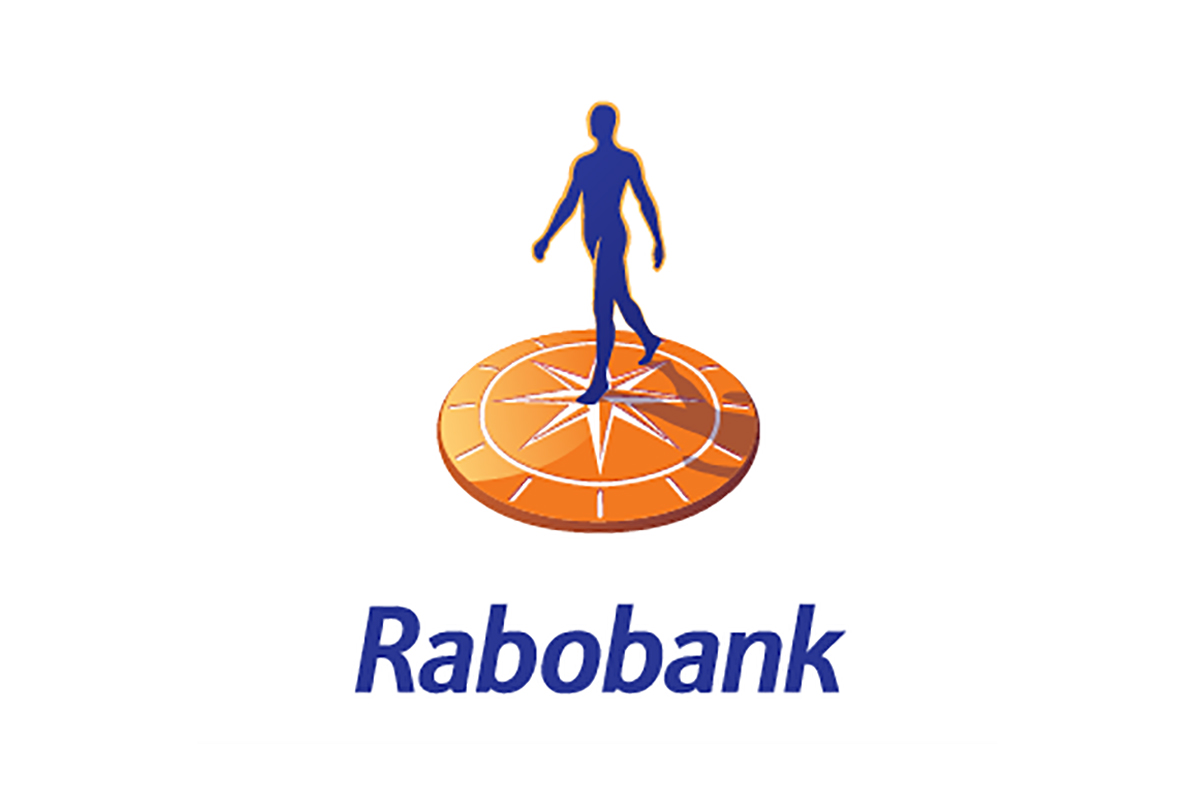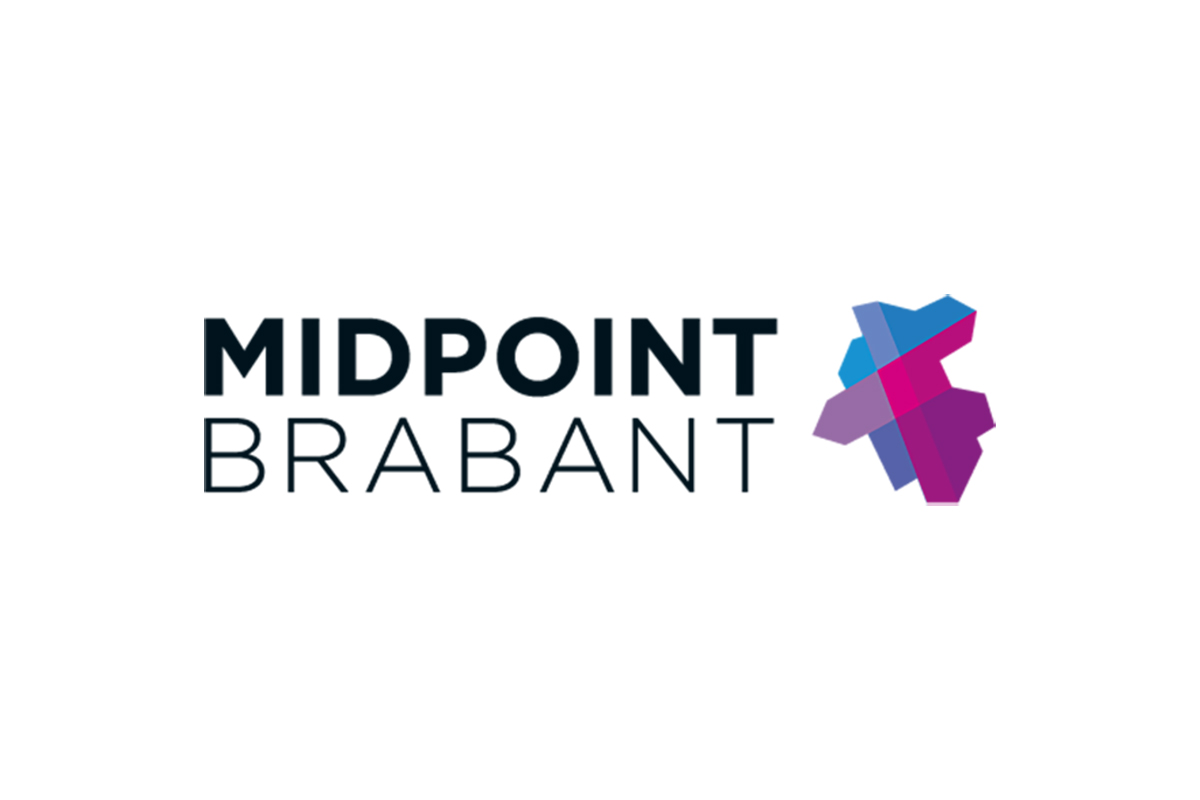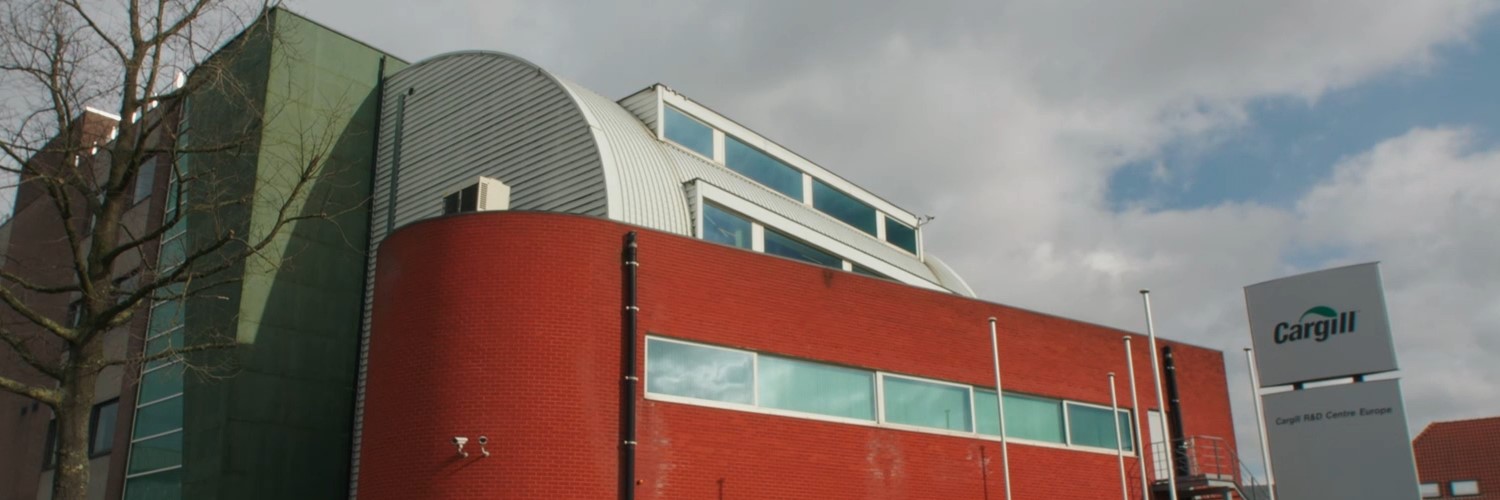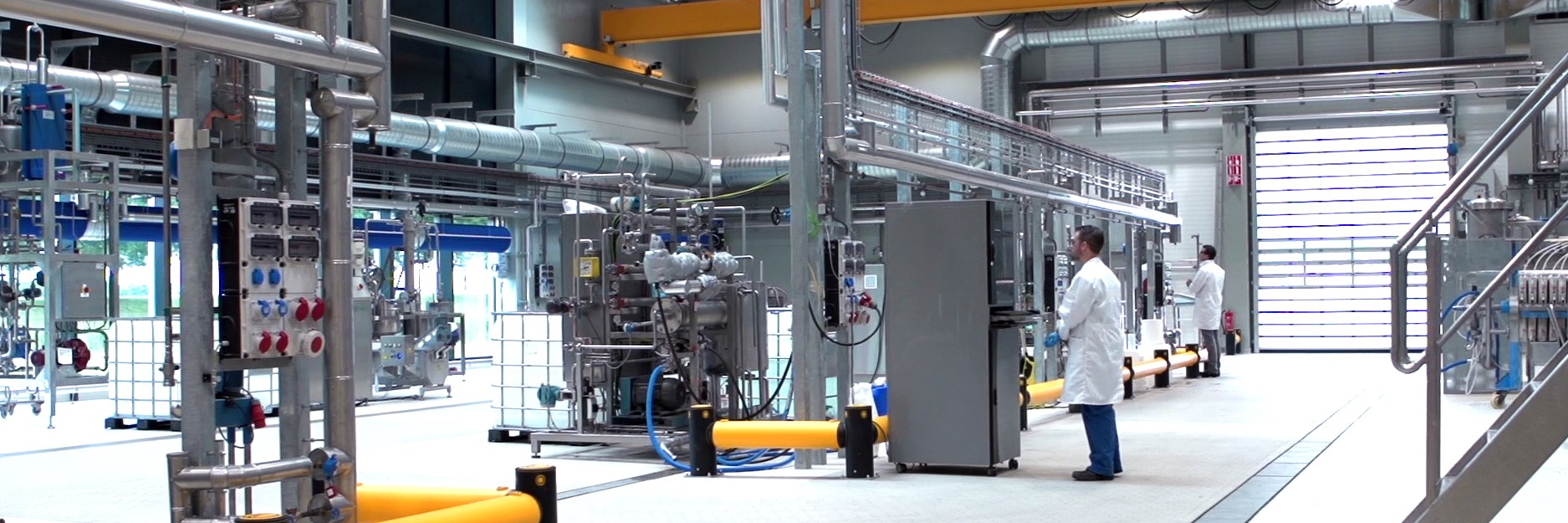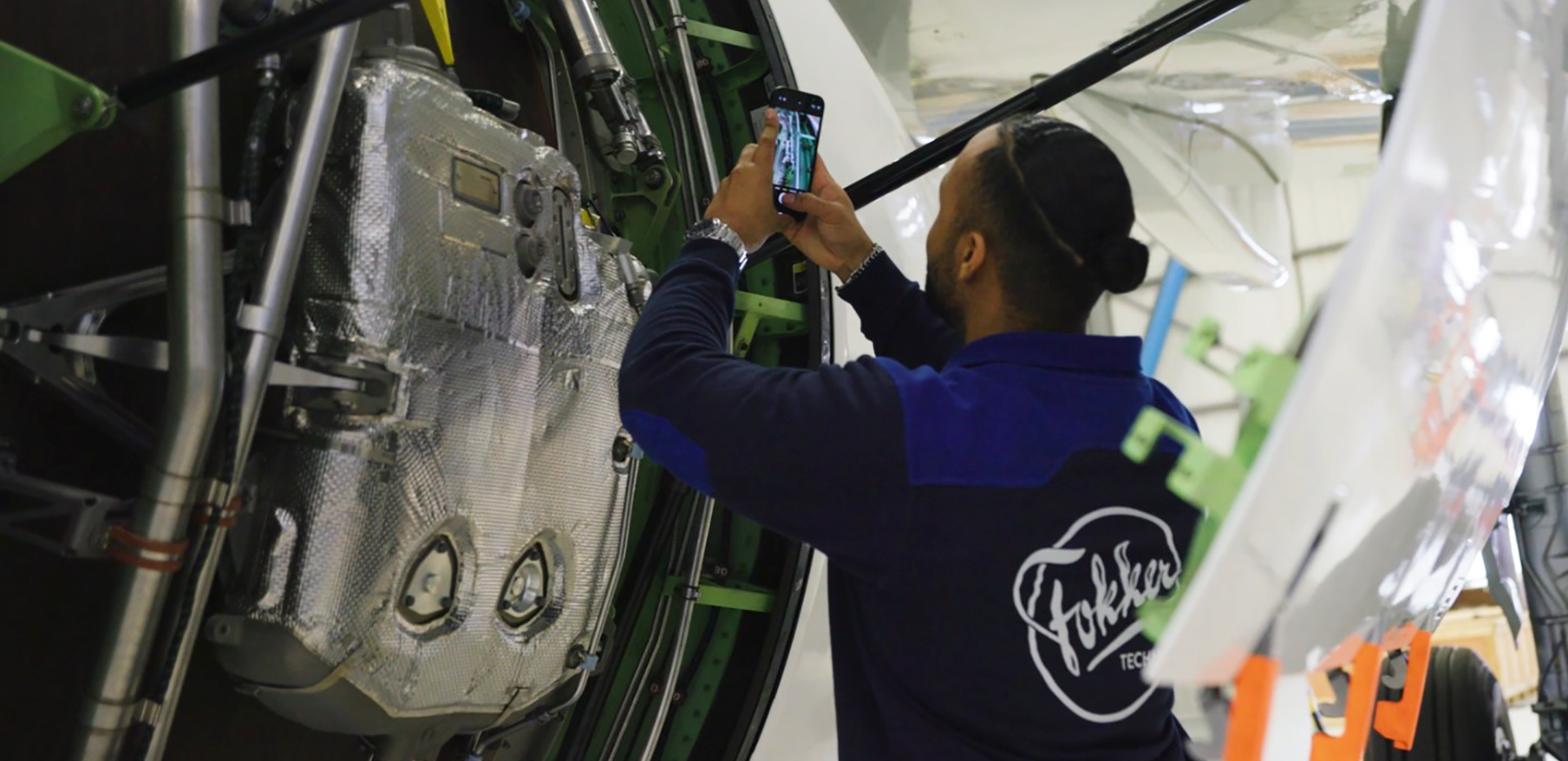How can we prevent, reduce, or valorise the lime sludge waste resulting from the production of demineralised water?
The goal of this challenge is to prevent, reduce, or valorise the lime sludge waste produced during the regeneration process in a demineralised water plant. These waste reduction efforts will contribute to SABIC’s global objective to produce 50% less waste in 2025 than in 2010.
SABIC uses ion exchangers to transform normal drinking water into demineralised water, which consist of resin granules that bind to the ions (minerals) in the water.
Over time, the ion exchangers become saturated, requiring a ‘regeneration process’. The minerals that were first extracted from the drinking water are now stuck to the resin, and we use a diluted solution of hydrochloric acid and caustic soda to rinse them off. The resulting wastewater contains the minerals you would usually find in 2500 m3 of drinking water, as well as a little hydrochloric acid and caustic soda. After rinsing, all the materials end up in a basin together with all other wastewater, where a thick layer of lime sludge is formed.
In theory, these minerals can be used as a fertiliser for agriculture and horticulture, but this is made impossible by the use of regeneration agents such as hydrochloric acid (HCl) and caustic soda (NaOH), which combine to form Sodium Chloride (NaCl), or table salt. It is both chemically and physically possible to use Phosphoric acid (H3PO4) and Ammonia (NH4OH) as regenerants of cation and anion resin, on top of which these 2 substances are also sources of Phosphorus and Nitrogen!
We currently collect the rinse water from the regeneration process in a well and pump it to a basin connected to the central wastewater system. In that basin, all those “washed out” minerals from the drinking water form compounds with each other and with the constituents from other wastewater streams that enter the same basin, before precipitating as saline solids. Several times a year, those solids (sludge) must be removed from the basin, resulting in solid waste, known as lime sludge, for which waste processors have no useful application.
Sabic’s removal and disposal costs have been increasing for years, with Indaver-Impex having been responsible for removing and dewatering the sludge from the basin.
We have illustrated the process in the diagram below.

What are we looking for?
There are several avenues to solutions in this challenge, but SABIC is open to all ideas.
Primarily, we are thinking of an alternative to the acids and bases that are currently used. In theory, it is possible to create a wastewater stream that can be used as a fertiliser in the horticulture industry whilst regenerating the resin granules. In this case, the challenge comes down to:
- finding buyers for the recovered minerals;
- changing the way in which the demineralised water plant operates;
- possibly making necessary technical adjustments (material types);
- updating the wastewater collection and treatment process.
Alternatively, the amount of waste produced by the current process can be reduced through separation at the source (filtration/intermediate step) or by finding a useful application for the waste.
SABIC’s plant at Bergen op Zoom produces between 1 and 2 million m3 of demineralised water every year, which equates to approximately 100,000 to 200,000 kg of lime sludge waste. A comprehensive overview of the operating costs of the demineralised water plant is available. This document also details the maintenance costs of each pump, valve, measuring instrument, etc, and will be shared.
The solution should lower operating expenses and benefit the environment, as well as having a payback period of less than 5 years. The bases and acids used as part of the solution must comply with all local laws and legislations, must be covered by the site’s current permit, and must have approximately the same safety profile. Ideally, the new solution will lead to a decrease in waste expenses, or possibly even drive new profits.
What aren’t we looking for?
We are not looking for a new waste processor for the current waste.
What’s in it for you?
A successful solution that meets the conditions can be applied worldwide at any company that uses resin beads as ion exchangers for the production of demineralised water and boiler feedwater.
We offer candidates the opportunity to explore potential solutions and set up pilots, for which we can provide facilities, a pilot budget and expert assistance. as well as the opportunity to test solutions in a SABIC lab or in the plant itself. Testing can also take place in the facilities of the Green Chemistry Campus on the SABIC site.
If you have a suitable solution with a good payback period, we have the capacity to invest. We would be able to put this solution into practice at multiple sites and would happily bring you in touch with other companies in the industry facing the same challenge.
How can BioVoice benefit you?
- An innovation contract with a launching customer/partner!
- Funding (€10,000 vouchers, to be spent in the regional ecosystem for e.g. testing, lab and demo facilities, IP consulting, etc.)
- Coaching and counselling
- A stage and free publicity
- Knowledge and contact with experts
- Access to a network of potential partners & customers, resources and research facilities
The BioVoice programme
BioVoice is an initiative of REWIN West-Brabant, Green Chemistry Campus, the joint Rabobanks of Southwest Netherlands and the province of North Brabant. Dockwize, Impuls Zeeland, Centre of Expertise Biobased Economy and Midpoint Brabant have also joined as implementation partners. Together, we want to give innovative entrepreneurs and up-and-coming biobased/circular talents the space and opportunities to develop and market their idea/product, so as to achieve our common goal: accelerating the transition to a sustainable economy.
BioVoice is made possible by financial contributions from the Regional Deal for Central and Western Brabant, the Province of North Brabant, the Province of Zeeland and Rabobank.
Conditions of participation
SABIC is looking for a party that can conduct research projects reasonably independently, including agriculture or horticulture companies, water treatment companies, engineering consultants, or recent university graduates. Registration with the Chamber of Commerce is a requirement, as is a so-called VOG certificate (Certificate of Good Conduct) and compliance with SABIC’s safety rules.
Your pitch (max 6 pages / 18 slides)
- Concept description: Describe your concept in as much detail as possible.
- Pilot description: Please provide a brief description of what it will take to prototype and/or pilot and what you will need from us to do so.
- Team description: Provide a brief description of the company and team that plans to work on the pilot.
There are no formal requirements for the pitch (presentations, slide decks & letters are all allowed), apart from the fact that it must be uploaded as a PDF file (A4, landscape or portrait) with a max. size of 30MB. Videos, example websites and so on can be included as links.
Timeline
- 29 March ’21: Challenge launch – open for applications
- 21 May ’21 – 5:00 pm: Challenge deadline – sign up no later than 5 pm
- 4 June ’21: Longlist announced – A longlist of start-ups/scale-ups that are invited to meet the challengers is announced
- 14-25 June ’21: Digital introduction meetings with challengers & participants + information session about confidentiality and IP
- 2 July ’21: Shortlist announced based on interviews – A shortlist of start-ups/scale-ups that will be given the opportunity to work on an innovation contract is announced
- 5-11 July ’21: Make schedule & working agreements + coordinate NDA if necessary
- 12 July through 6 October ’21: Challenge weeks – sessions with challengers, participants & coaches to arrive at an innovation contract
- 29 September ’21: Apply for vouchers – submit draft innovation contract + apply for vouchers
- 6 October ’21: Vouchers awarded – submit final innovation contract + vouchers are awarded
- 14 October ’21: Match event – celebrating the innovation contracts and partnerships + presentation of vouchers
- 15 October ’21: Start of development & collaboration (pilot)
Questions?
If you have any questions about this challenge, please head to the contact options below. For more information about the challenge program, click here.
Background information
SABIC Bergen op Zoom produces polycarbonate, a plastic is mainly used in long-life products, such as laptops, cars and toys (including Lego). The Bergen op Zoom site is one of 64 major industrial sites worldwide. With 1,300 employees, we are one of SABIC’s larger sites in Europe. There are only 5 larger sites in Europe, with our European HQ at Chemelot being the best known. SABIC produces a variety of basic chemicals, fertilisers, nutrients and metals, in addition to plastics. SABIC’s headquarters are located in Riyadh, Saudi Arabia. Worldwide, SABIC has approximately 40,000 employees, generating an annual turnover of over $39 billion.
Our site is home to the Green Chemistry Campus, an incubator for entrepreneurs with innovative bio-based ideas. It is a network of entrepreneurs, government agencies and knowledge institutions who work together to scale up circular materials and chemicals for the construction materials and packaging industries. Green Chemistry Campus encourages, supports and connects, providing office and meeting spaces, laboratory facilities, technological support and business development assistance, among other things. All start-ups with an innovative bio-based idea are welcome at the Green Chemistry Innovation Lab. For more information and costs, see: https://greenchemistrycampus.com/over-ons
